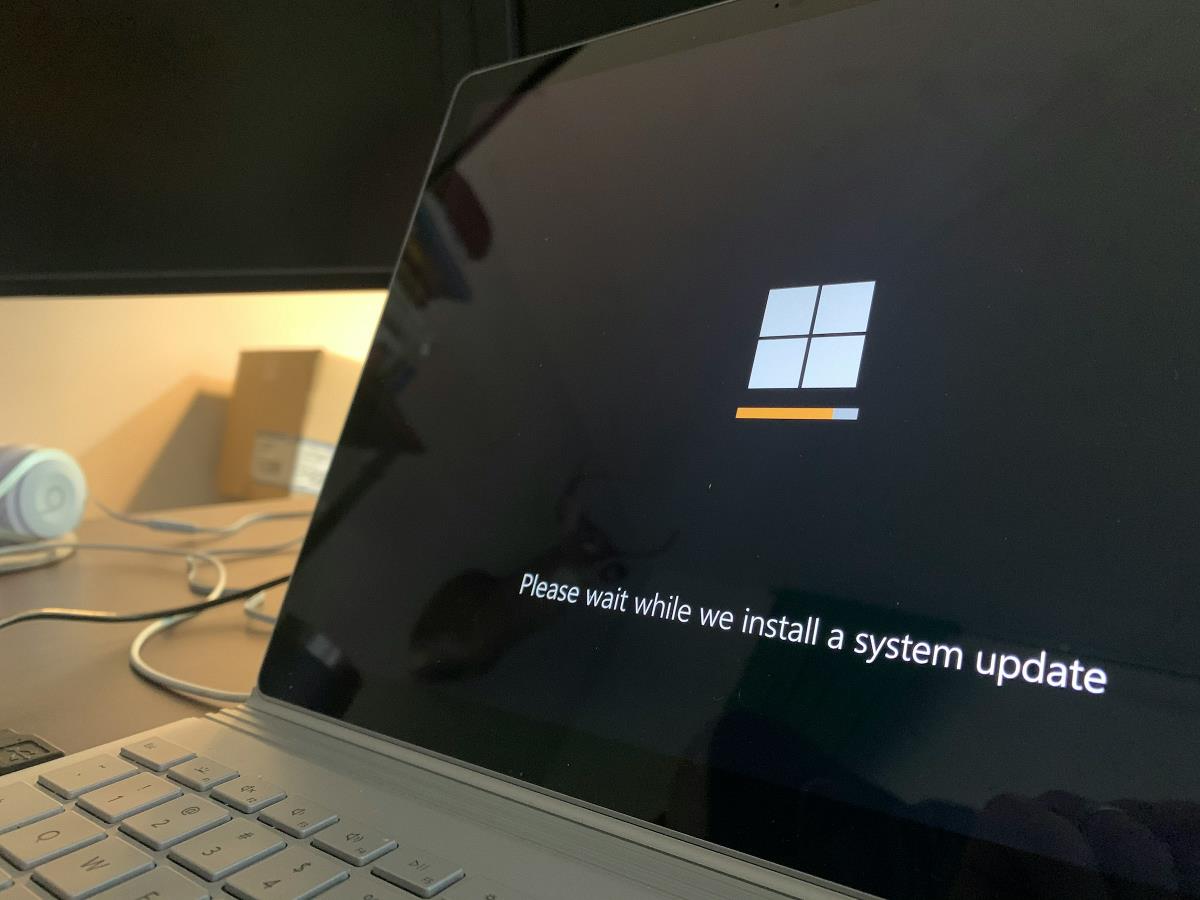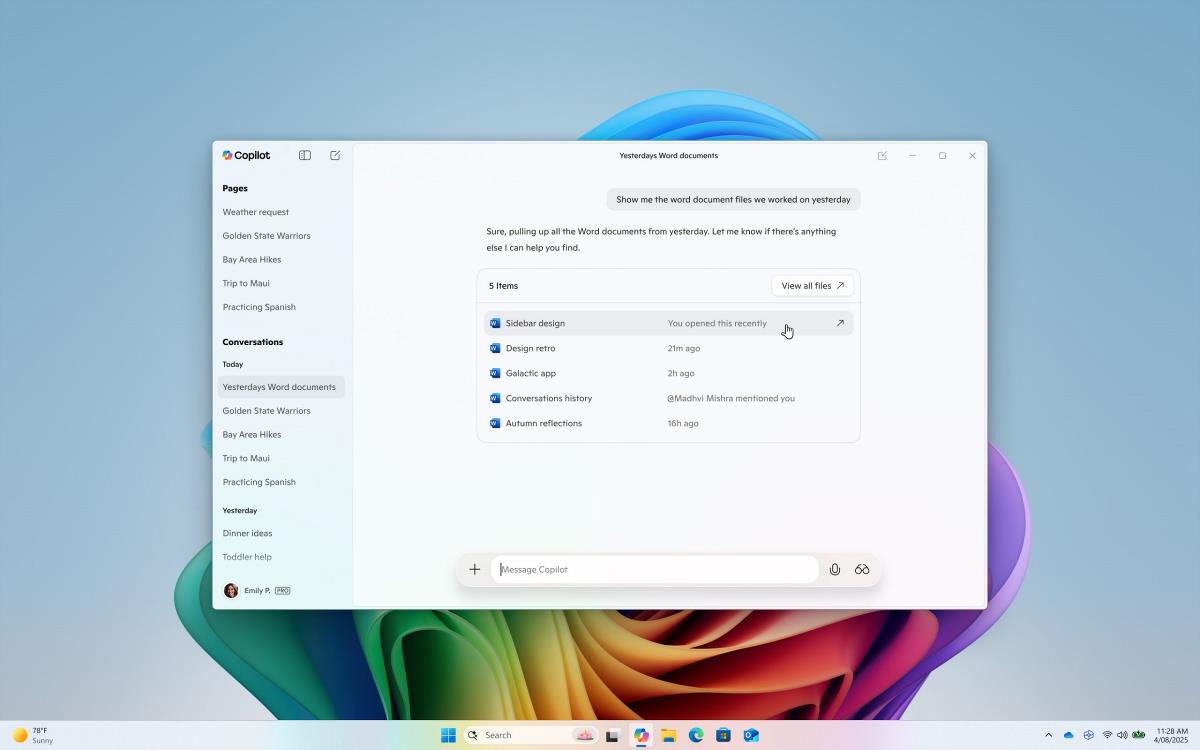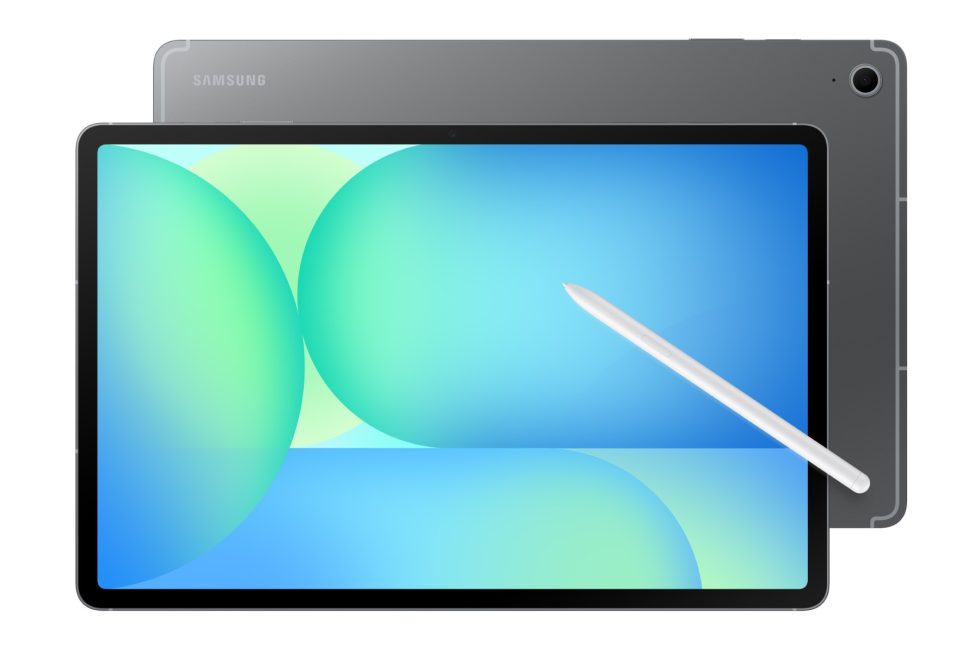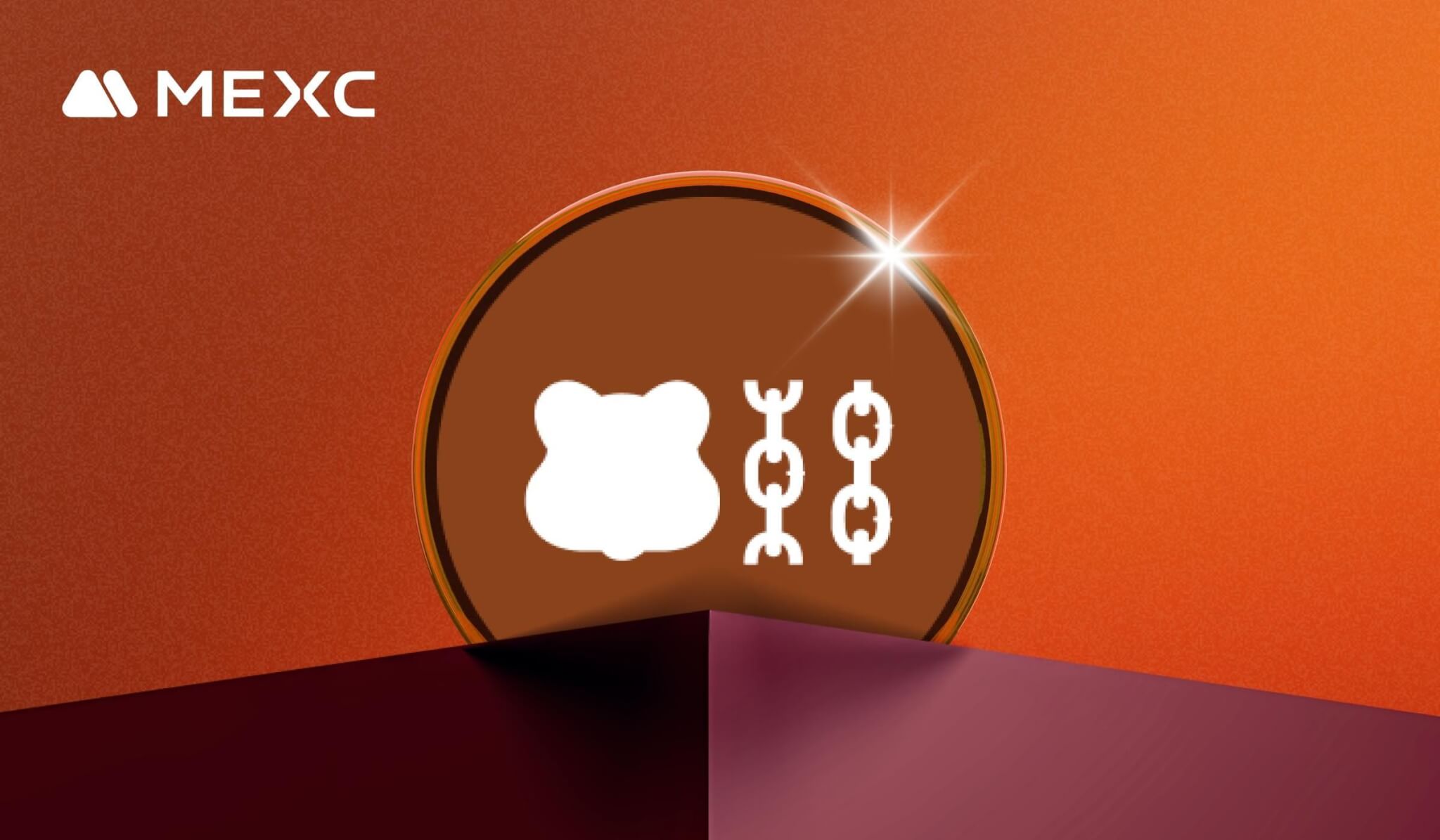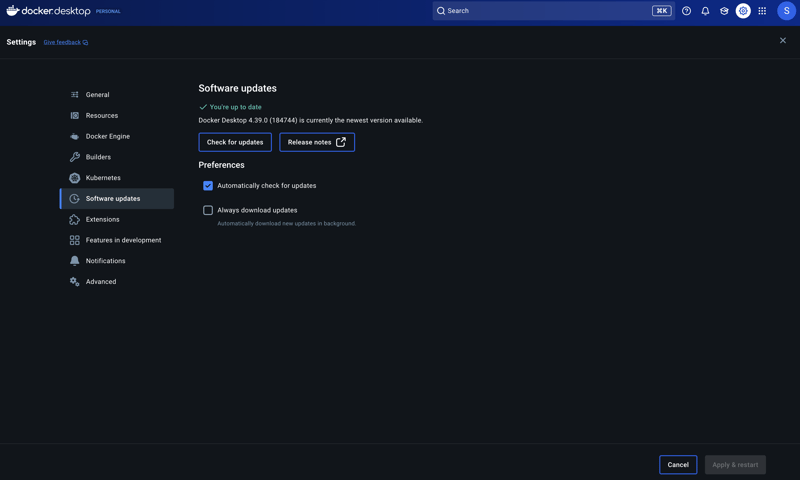Meet DOMSculpt, a JavaScript tool for generating Markup.
DOMSculpt I created DOMSculpt for the sole purpose of simplifying markup generation for building fast, functionality-driven and simple web pages and applications. Why DOMSculpt? You may be wondering, why in the name of unnecessity have I created this? Well, I had in mind, developers who had just started trying their hands out on Vanilla JavaScript and are yet to move to frameworks, the overlords of frontend web development. I noticed that writing HTML for personal projects could actually be a pain, especially when it starts to get messy. This tool will allow quick and efficient creation of Markup, allowing developers to focus on implementing features and adding styles to their projects. This, I believe would go some way in allowing them focus on learning how to use JavaScript, reducing or even eliminating the need to write HTML directly. HTML elements are created in the form of Sculpts (think of it as pieces of HTML elements created with JavaScript). Sculpts are rendered and they return HTML Elements in the DOM as seen in the browser developer tools. Prerequisites You should have an understanding of HTML and basic JavaScript before using this tool. How to use Oof, you might be thinking npm install again, right? Nah, we don't do that here. Like i mentioned earlier, the goal of this tool is to eliminate the need for writing HTML directly, Markup is generated with JavaScript instead, then rendered in the DOM, the use cases for this tool are for simple projects, nothing too complex and the developers who should be using this are the ones who just started trying their hands out on Vanilla JavaScript and are yet to move to frameworks and libraries. So if you are looking for an alternative to React or Angular, I am sorry but you are in the wrong place :). Installation In your project directory, open the terminal and clone this repository: git clone https://github.com/Temi-Tade/DOMSculpt.git This should add a DOMSculpt directory with the structure below to your project folder: assets/ => contains css files public/ => contains static files e.g. images src/ => contains entry point and Sculpts source files index.html LICENSE main.js => contains DOMSculpt logic README.md Next, you should delete the following files: README.md LICENSE /public/DOMSculpt.png All .js files in the src/Sculpts directory as you would not be needing them. This step is optional but is necessary to keep your project folder clean. Copy all the contents of the DOMSculpt folder to the root of your project directory. Now we are good to go. Using DOMSculpt In DOMSculpt, a Sculpt basically refers to an HTML element that is returned by JavaScript. This is what you will be creating during your development process. It has the following structure: // in /src/Sculpts folder import Sculpt from "../../main.js"; function SculptName(){ var ElementVariable = Sculpt.create( tagName, attributes, ...children ); Sculpt.mount(ElementVariable, target); } export default SculptName; import Sculpt from "../../main.js"; - this imports the Sculpt module for creating your HTML Elements function SculptName() - SculptName is a function that returns the HTML Element (Sculpt) you want to create. You can give the function any name but it is always a good idea to give it a descriptive name. For example: function Header(){...}, function Form(){...}. var ElementVariable - This identifies the Sculpt you are creating. export default SculptName; - exports the Sculpt for use in app.js. Sculpt (HTML Elmemnt that DOMSculpt returns) is an object that has two methods: create() and mount(). Sculpt.create(tagName, attributes, ...children) is a function that creates the HTML element. It takes 3 parameters: tagName - A string. The HTML element you are creating. e.g. 'h1'. attributes - An object. Sets the attributes of the HTML elements. e.g {cls: "heading1", text: "Hello World."}. cls in DOMSculpt resolves to class in HTML. text refers to the text within the opening and closing tags of the element. The attributes parameter can be left as {} if the element has no attributes. ...children - any other parameter after the attributes object refers to the children of the Sculpt which are basically nested HTML Elements. Interestingly, they are also created using Sculpt.create() and using its associated parameters. The Sculpt.mount(ElementVariable, target) appends the Sculpt to the DOM tree which renders it. It takes two parameters. ElementVariable (created earlier) and target (a string) - the id of the element you are appending the Sculpt to in the DOM tree, by default, it is "root". Example Cases Let us create a simple Hello World application using DOMSculpt. // /src/H1.js import Sculpt from "../../main.js" function H1(){ var h1 = Sculpt.create( 'h1', {text: "Hello World from DOMSculpt."}, ); Sculpt.mount(h1);

DOMSculpt
I created DOMSculpt for the sole purpose of simplifying markup generation for building fast, functionality-driven and simple web pages and applications.
Why DOMSculpt?
You may be wondering, why in the name of unnecessity have I created this? Well, I had in mind, developers who had just started trying their hands out on Vanilla JavaScript and are yet to move to frameworks, the overlords of frontend web development.
I noticed that writing HTML for personal projects could actually be a pain, especially when it starts to get messy.
This tool will allow quick and efficient creation of Markup, allowing developers to focus on implementing features and adding styles to their projects. This, I believe would go some way in allowing them focus on learning how to use JavaScript, reducing or even eliminating the need to write HTML directly.
HTML elements are created in the form of Sculpts (think of it as pieces of HTML elements created with JavaScript). Sculpts are rendered and they return HTML Elements in the DOM as seen in the browser developer tools.
Prerequisites
You should have an understanding of HTML and basic JavaScript before using this tool.
How to use
Oof, you might be thinking npm install again, right? Nah, we don't do that here.
Like i mentioned earlier, the goal of this tool is to eliminate the need for writing HTML directly, Markup is generated with JavaScript instead, then rendered in the DOM, the use cases for this tool are for simple projects, nothing too complex and the developers who should be using this are the ones who just started trying their hands out on Vanilla JavaScript and are yet to move to frameworks and libraries. So if you are looking for an alternative to React or Angular, I am sorry but you are in the wrong place :).
Installation
In your project directory, open the terminal and clone this repository:
git clone https://github.com/Temi-Tade/DOMSculpt.git
This should add a DOMSculpt directory with the structure below to your project folder:
assets/ => contains css files public/ => contains static files e.g. images src/ => contains entry point and Sculpts source files index.html LICENSE main.js => contains DOMSculpt logic README.md
Next, you should delete the following files:
README.mdLICENSE/public/DOMSculpt.png- All
.jsfiles in thesrc/Sculptsdirectory
as you would not be needing them. This step is optional but is necessary to keep your project folder clean.
Copy all the contents of the DOMSculpt folder to the root of your project directory. Now we are good to go.
Using DOMSculpt
In DOMSculpt, a Sculpt basically refers to an HTML element that is returned by JavaScript. This is what you will be creating during your development process. It has the following structure:
// in /src/Sculpts folder
import Sculpt from "../../main.js";
function SculptName(){
var ElementVariable = Sculpt.create(
tagName,
attributes,
...children
);
Sculpt.mount(ElementVariable, target);
}
export default SculptName;
-
import Sculpt from "../../main.js";- this imports the Sculpt module for creating your HTML Elements -
function SculptName()-SculptNameis a function that returns the HTML Element (Sculpt) you want to create. You can give the function any name but it is always a good idea to give it a descriptive name. For example:function Header(){...},function Form(){...}. -
var ElementVariable- This identifies theSculptyou are creating. -
export default SculptName;- exports the Sculpt for use inapp.js.
Sculpt (HTML Elmemnt that DOMSculpt returns) is an object that has two methods: create() and mount().
Sculpt.create(tagName, attributes, ...children) is a function that creates the HTML element. It takes 3 parameters:
-
tagName- A string. The HTML element you are creating. e.g.'h1'. -
attributes- An object. Sets the attributes of the HTML elements. e.g{cls: "heading1", text: "Hello World."}.clsin DOMSculpt resolves toclassin HTML.textrefers to the text within the opening and closing tags of the element. Theattributesparameter can be left as{}if the element has no attributes. -
...children- any other parameter after theattributesobject refers to the children of the Sculpt which are basically nested HTML Elements. Interestingly, they are also created usingSculpt.create()and using its associated parameters.
The Sculpt.mount(ElementVariable, target) appends the Sculpt to the DOM tree which renders it. It takes two parameters. ElementVariable (created earlier) and target (a string) - the id of the element you are appending the Sculpt to in the DOM tree, by default, it is "root".
Example Cases
Let us create a simple Hello World application using DOMSculpt.
// /src/H1.js
import Sculpt from "../../main.js"
function H1(){
var h1 = Sculpt.create(
'h1',
{text: "Hello World from DOMSculpt."},
);
Sculpt.mount(h1);
}
export default H1;
// /src/app.js import H1 from "./H1.js"; H1();
Open the HTML file in the browser, what do you see? You can open DevTools in the browser and view the DOM tree under the "Elements" tab. See how it looks like a HTML file you would normally write.
Nesting Sculpts.
To nest a Sculpt, simply create a new Sculpt within a parent Sculpt's children arguement.
import Sculpt from "../../main.js";
function Header(){
var header = Sculpt.create(
'header',
{},
Sculpt.create('h1', {text: "Test App"})
)
Sculpt.mount(header);
}
export default Header;
This way, you can import the Header sculpt and render it in app.js.
Adding events
Since Sculpts are regular JavaScript objects, functions can be written directly into them.
import Sculpt from "../../main.js";
function AlertButton(){
var btn = Sculpt.create(
'button',
{
text: "Click",
onclick: function(){
alert();
}
}
);
Sculpt.mount(btn);
}
export default AlertButton;
Switching things up.
So far, we have seen how to create Sculpts, nested Sculpts and adding events to Sculpts.
Let us now look at what makes DOMSculpt quite useful.
Consider the example below.
function AlertButton(message){
var btn = Sculpt.create(
'button',
{
text: "Click",
onclick: function(){
alert(message);
}
}
);
Sculpt.mount(btn);
}
export default AlertButton;
// /src/app.js
import AlertButton from "./Controls.js";
AlertButton("Welcome");
AlertButton("Goodbye");
Sculpts are reuseable pieces of UI (HTML elements). Rather than writing another button element. You can simply render another AlertButton Sculpt.
Also, Sculpts can take different parameters which confers various properties on the rendered HTML elements. Clicking the rendered buttons display different messages in the alert box. Guess what? We did not need to directly create two different button elements. DOMSculpt has done that. All we need do is to focus on their functionality.
This idea can be applied in rendering different elements with varying attributes without having to write them directly with HTML.
While this is just a primer to how DOMSculpt works, it would help Developers understand its use cases and how to add and use it in their personal projects. Expect the full documentation and tutorial pretty soon.
PS: While this is an effective tool for building web pages, it goes without saying that the right tool should be used for the right job. I did not make DOMSculpt to replace or rival React or Angular.










































































































































































![[The AI Show Episode 143]: ChatGPT Revenue Surge, New AGI Timelines, Amazon’s AI Agent, Claude for Education, Model Context Protocol & LLMs Pass the Turing Test](https://www.marketingaiinstitute.com/hubfs/ep%20143%20cover.png)





















































































































































































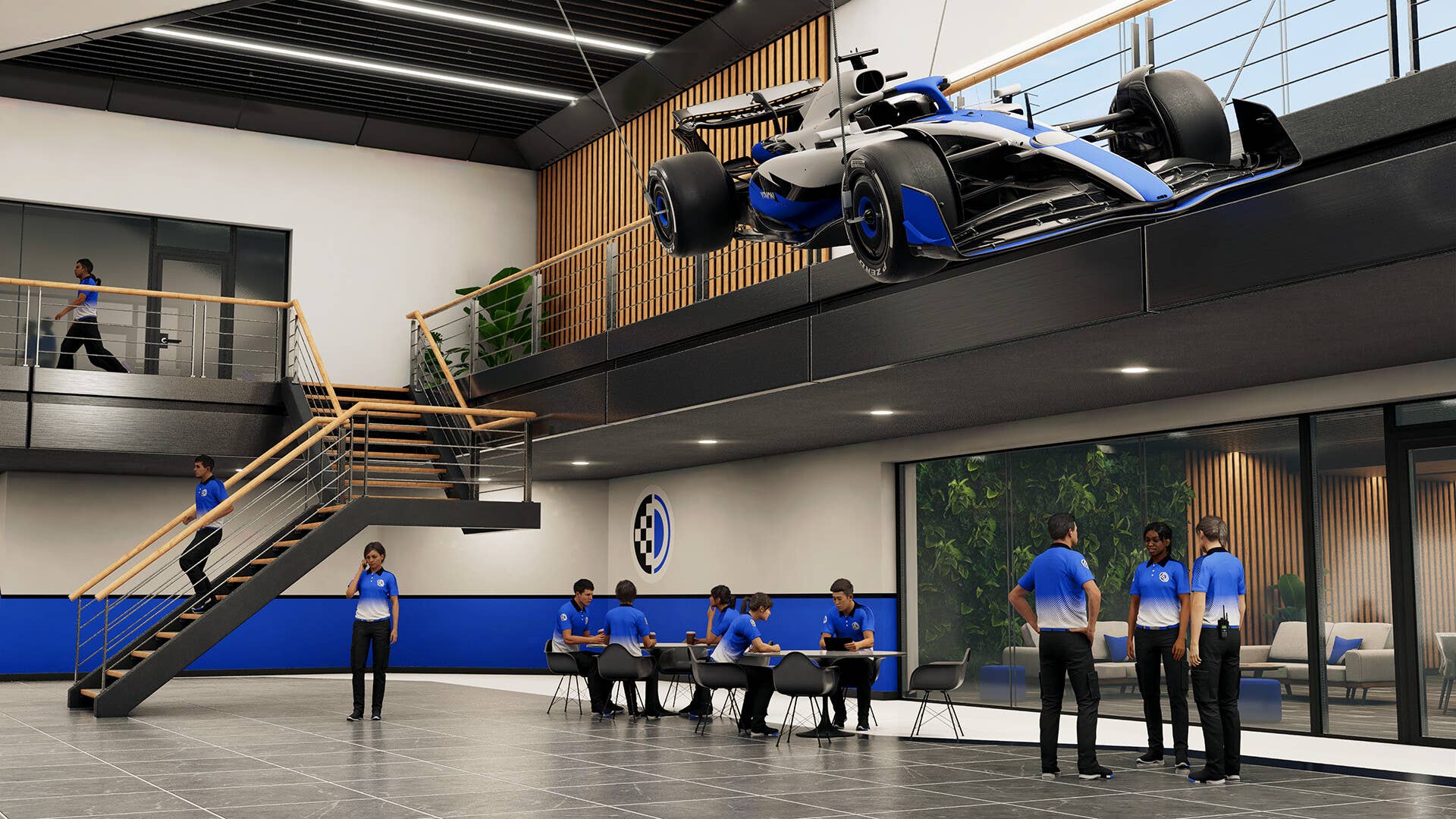






























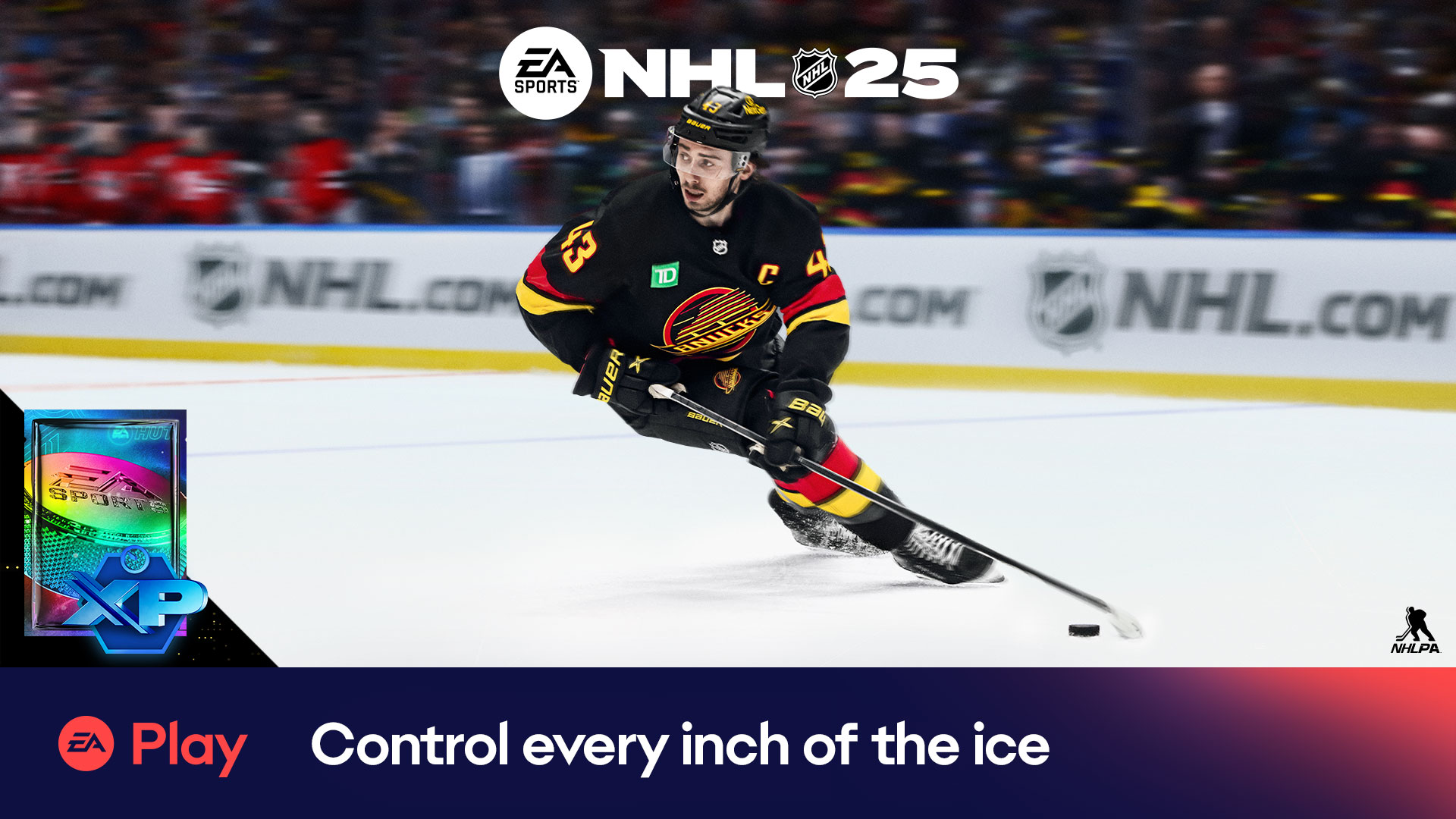






















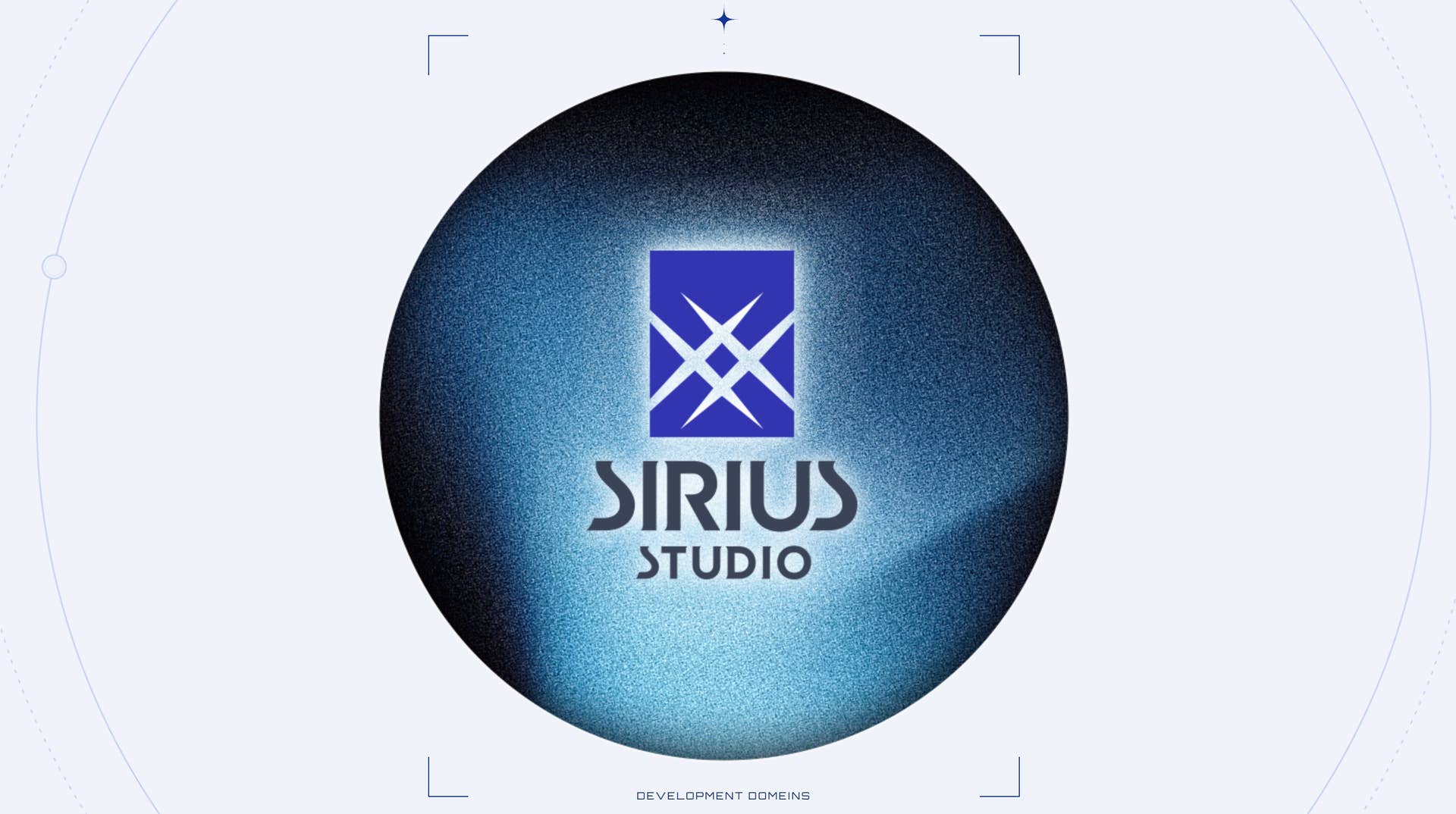

































.png?#)














































































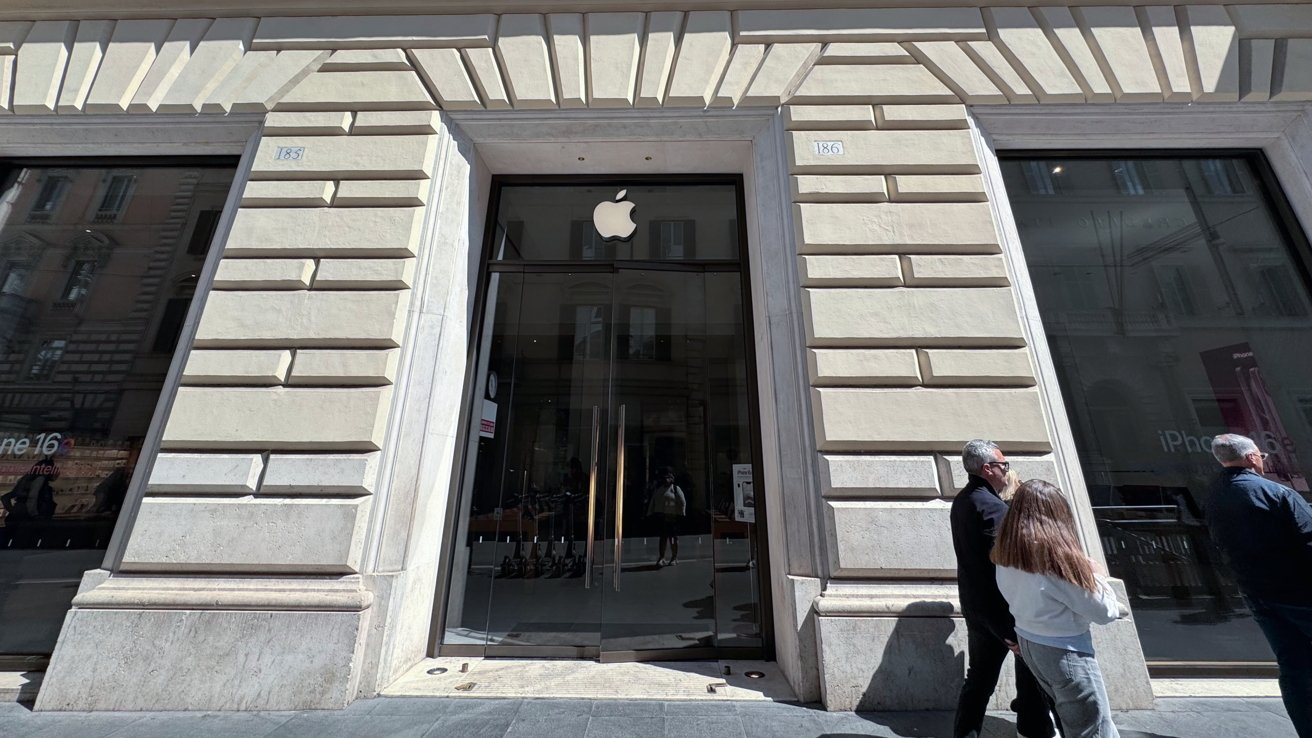


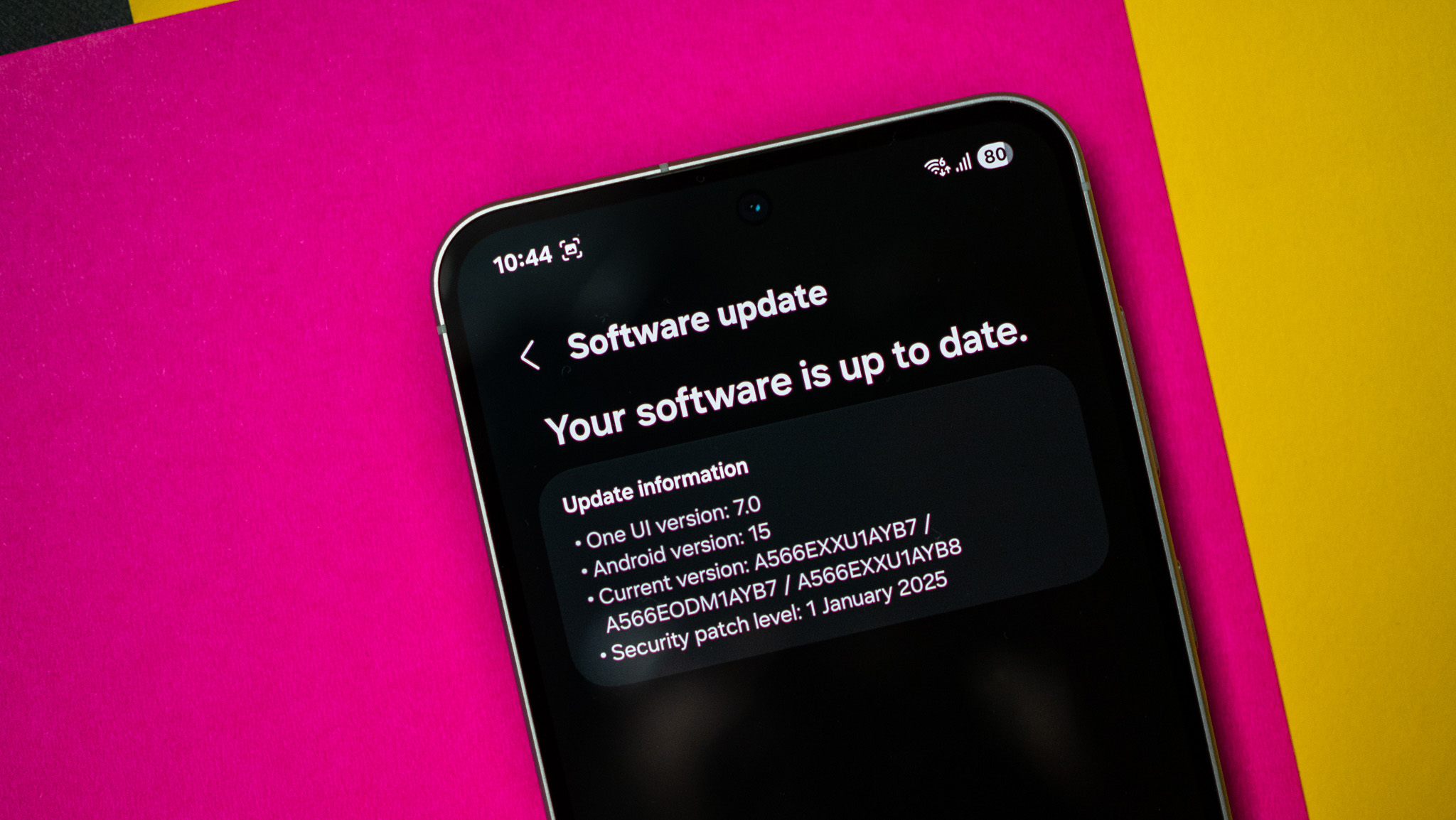



















![Beats Studio Buds + On Sale for $99.95 [Lowest Price Ever]](https://www.iclarified.com/images/news/96983/96983/96983-640.jpg)


![Apple Watch to Get visionOS Inspired Refresh, Apple Intelligence Support [Rumor]](https://www.iclarified.com/images/news/96976/96976/96976-640.jpg)



















